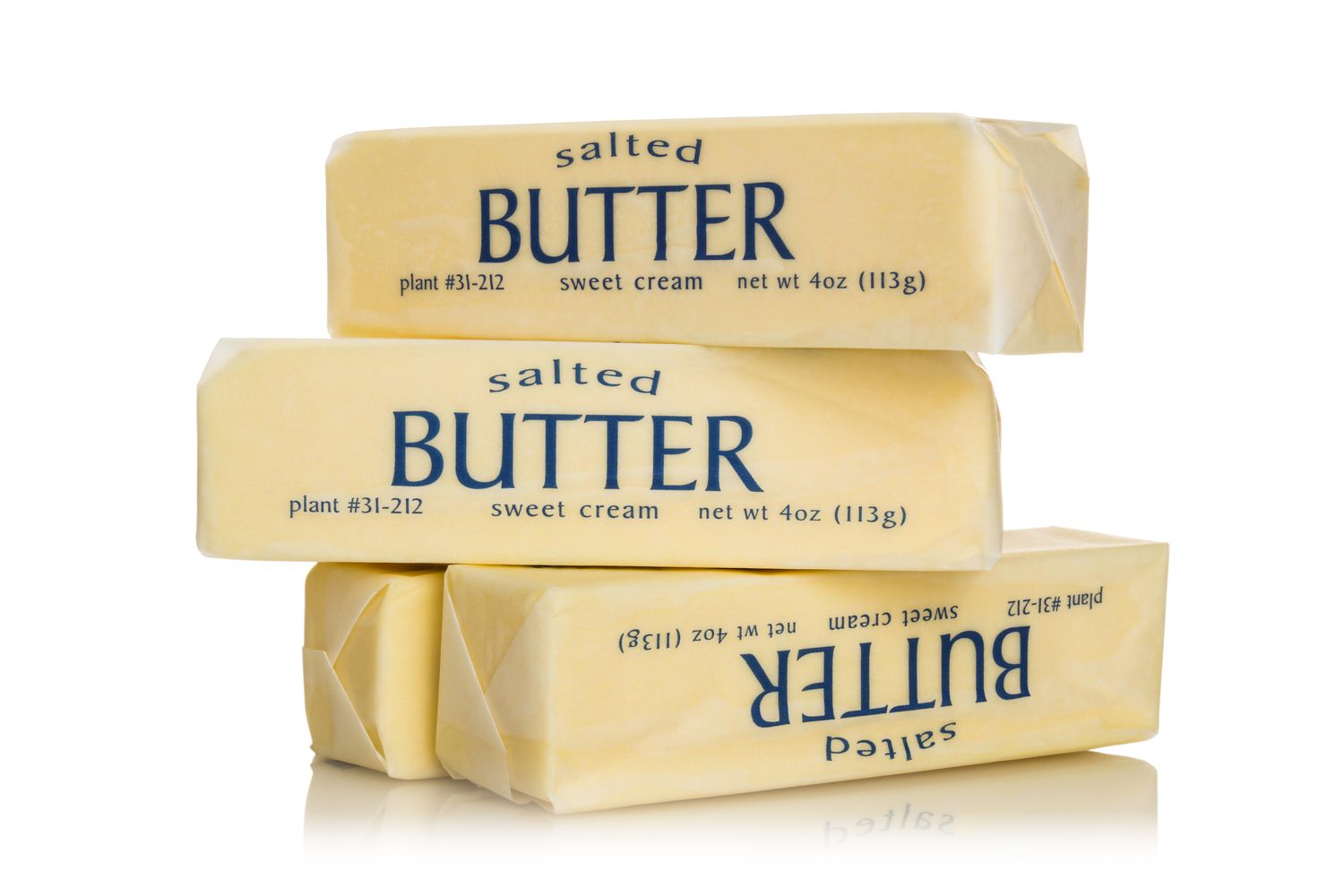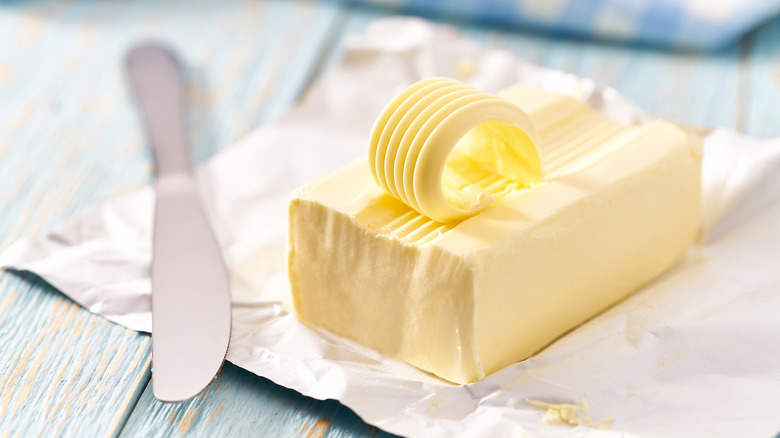Understanding the Science Behind Butter Production: How Much Milk to Make a Pound of Butter
Butter is a ubiquitous ingredient in kitchens around the world, used for baking, cooking, and spreading on various dishes. Have you ever wondered how much milk it takes to produce a pound of butter? In this comprehensive guide, we will delve into the fascinating world of butter production, exploring the science and processes involved, and uncovering the answer to the age-old question: "How much milk does it take to make a pound of butter?"

Butter Production
The Basics of Butter Production
Before we dive into the specifics of milk-to-butter conversion, it's essential to understand the basic process of butter production.
Butter is a dairy product primarily made from the fat of milk. The main steps in butter production include:
1. Milk Collection: High-quality milk is collected from dairy cows. This milk typically contains water, fat, protein, lactose, and various minerals.
2. Cream Separation: The collected milk is allowed to sit, which causes the cream, a fat-rich layer, to rise to the top. Cream separation can also be achieved through mechanical means.
3. Churning: The separated cream is then churned, either through traditional hand-churning or using modern machinery. Churning agitates the cream, causing the fat globules to clump together.
4. Butter Formation: As the fat globules clump, they release fat and moisture, forming butter granules and buttermilk.
5. Washing and Shaping: The butter granules are washed and shaped into the desired form, typically sticks or blocks.
Now, let's address the question at the heart of this article: "How much milk does it take to make a pound of butter?"
Milk-to-Butter Conversion
The answer to this question depends on several factors, including the butterfat content of the milk and the efficiency of the butter production process.
Generally, it takes about 21-24 pounds of milk to produce one pound of butter.
1. Butterfat Content: Milk contains varying levels of butterfat, typically ranging from 3.5% to 4.5%. Higher butterfat content in milk results in a more efficient butter production process. Milk with a higher fat content will yield more butter from the same volume.
2. Efficiency of Churning: The efficiency of the churning process plays a significant role in butter production. Proper churning ensures that a higher percentage of fat globules are converted into butter granules.
3. Variability: It's important to note that the milk-to-butter conversion ratio can vary. Factors such as temperature, cream separation method, and the breed of dairy cow can influence the final outcome.

Butter Production
Practical Examples
To put the milk-to-butter conversion into perspective, let's consider some practical examples:
a) If you have milk with 4% butterfat content, you would need approximately 22-24 pounds of this milk to produce one pound of butter.
b) With milk that has a higher butterfat content of 4.5%, you would require around 21-22 pounds to produce a pound of butter.
c) Conversely, if you have milk with only 3% butterfat content, you might need as much as 26-27 pounds to make a pound of butter.
In conclusion, the amount of milk required to make a pound of butter varies depending on factors such as butterfat content and the efficiency of the butter production process. On average, it takes about 21-24 pounds of milk to produce one pound of butter. Understanding these factors helps us appreciate the science behind butter production and the value of high-quality milk in obtaining a delicious end product. Whether you're a home cook or a dairy enthusiast, knowing how butter is made adds depth to your culinary knowledge. So, the next time you spread a pat of butter on your toast or use it in your recipes, you can appreciate the journey it took from milk to buttery delight.